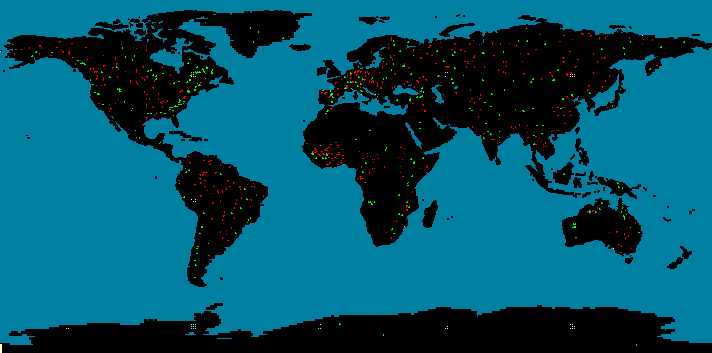
The researches of our laboratory about this field are divided into three subjects bellow; (1)water budget in climate-system, (3)analyses using satellite data, and (2)numerical climate modelling. The international project which our laboratory concerned with is GAME (GEWEX Asian Monsoon Experiment ---one of the subprojects of GEWEX (Global Energy and Water Cycle Experiment))